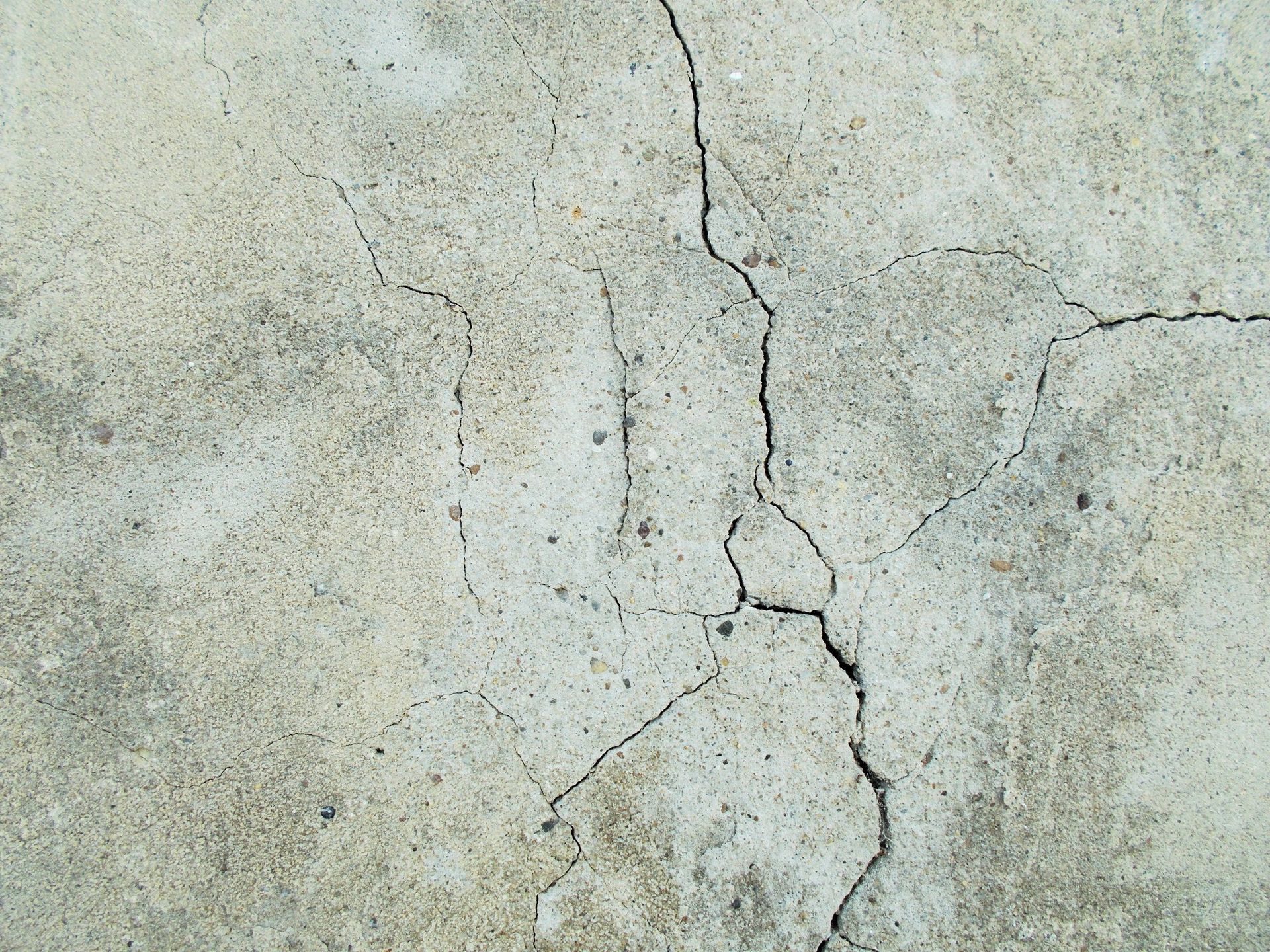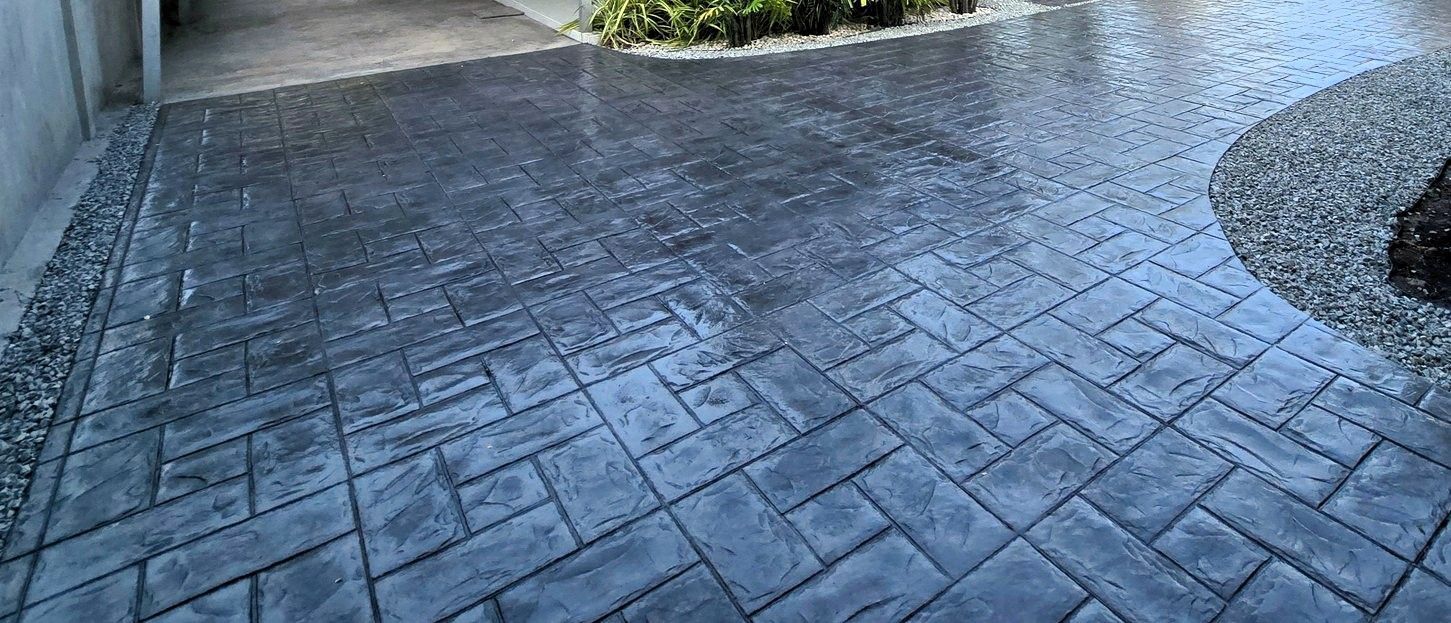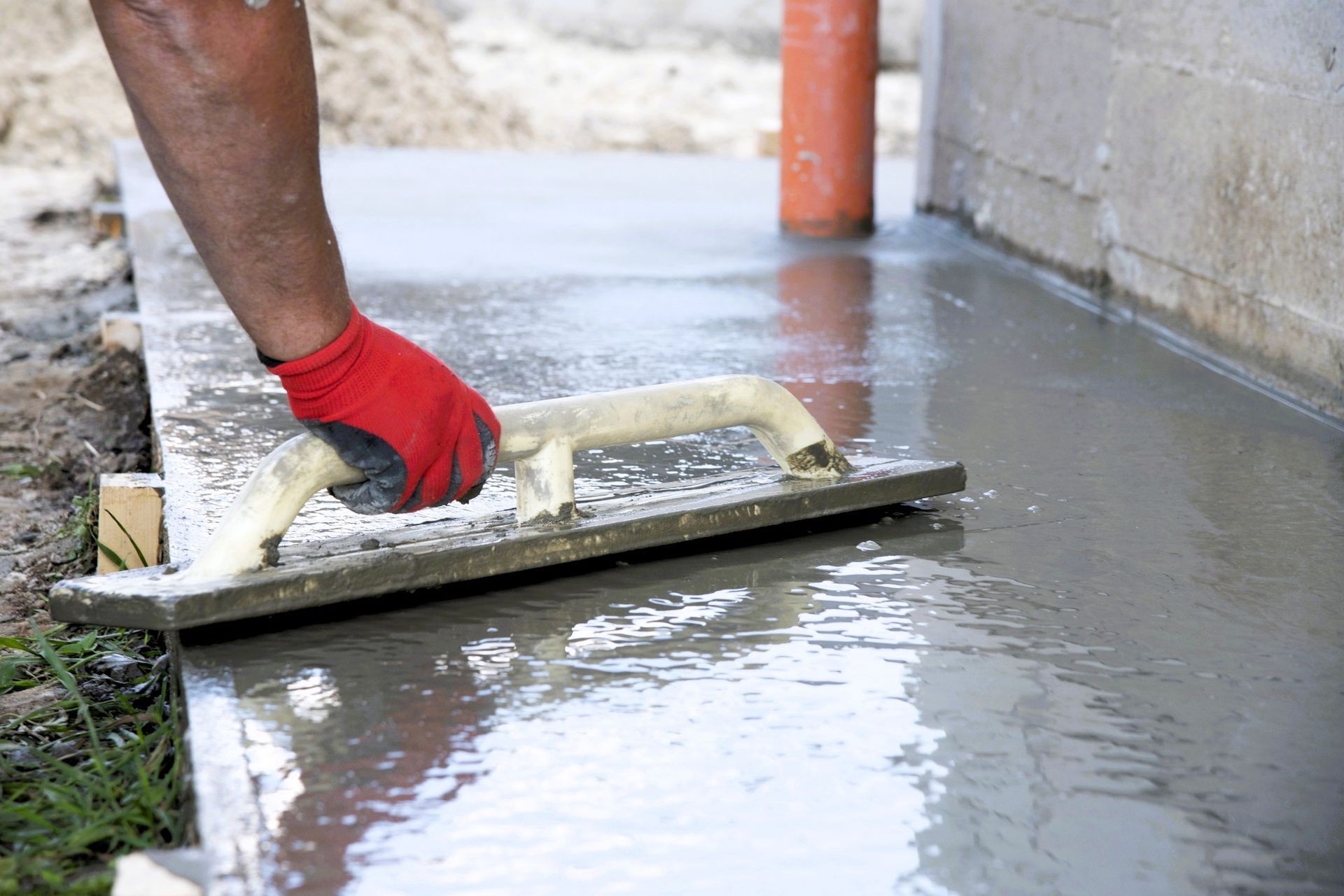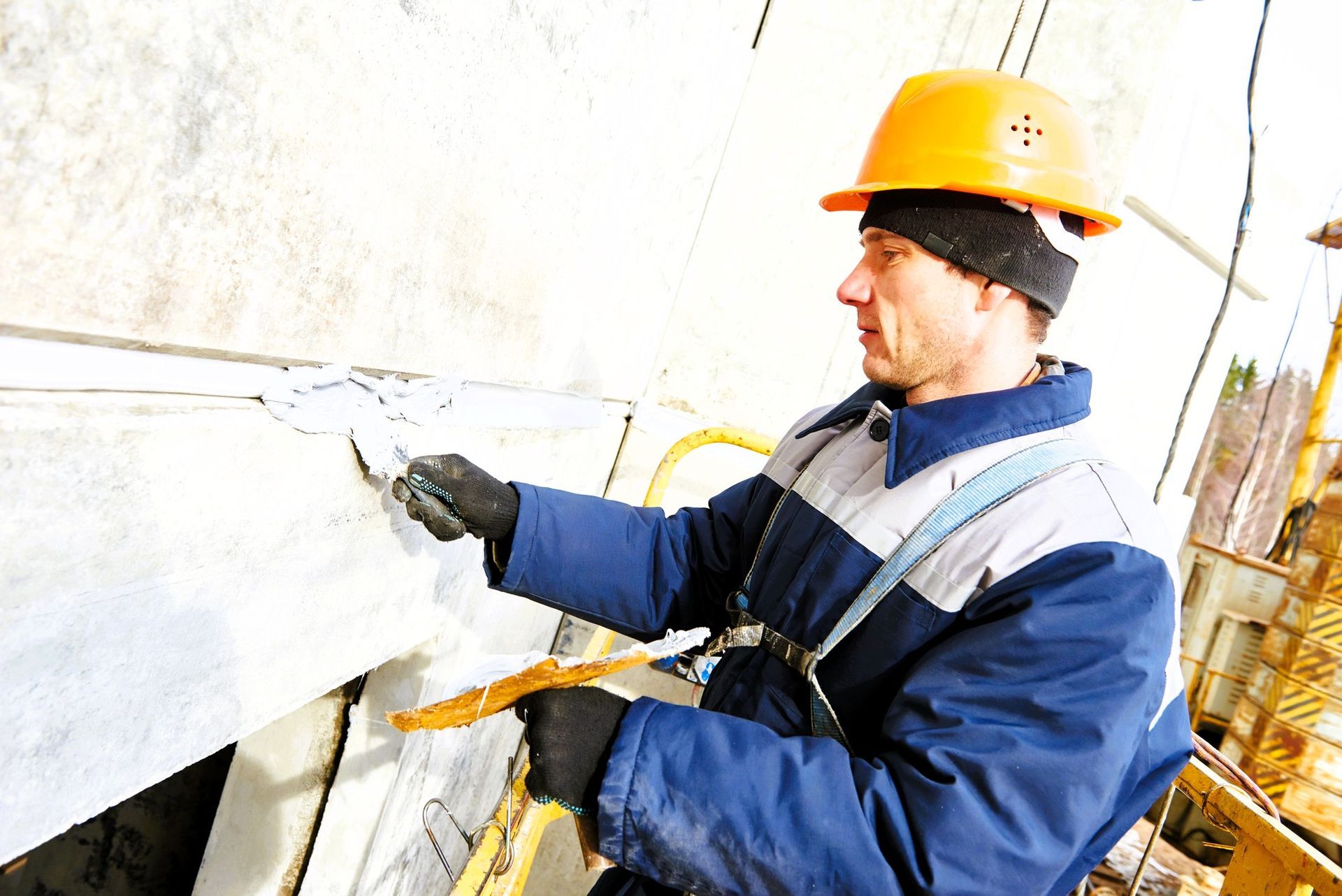Will My Pole Barn Concrete Floor Crack? Understanding and Managing Concrete Cracks
Managing concrete cracks in your pole barn floor

Concrete is known for being strong and durable, which is why it's a favorite for pole barn floors. But if you're planning to put in a concrete floor, you might be asking yourself, "Will my pole barn floor crack?" The simple answer is yes—concrete does crack over time. But don't stress! Knowing why it happens and what you can do about it can help you keep your floor in great shape.
In this guide, we'll look at why concrete cracks, how you can control it, and some practical tips to make your floor stronger. By the end, you'll have a good idea of how to deal with potential cracks in your pole barn's concrete floor.
What Causes Concrete to Crack?
Although concrete is strong, it's not invincible. The most common reason for cracks in concrete floors is shrinkage. When water is added to cement and sand or gravel mixtures, it creates a paste that binds everything together. As the concrete cures or hardens, this moisture slowly evaporates. This process—known as shrinkage—causes the concrete to contract and can create small cracks.
Other factors that can contribute to cracking include excess water in the mixture, improper finishing techniques, heavy loads on the floor, and inadequate support from the underlying soil. Additionally, extreme temperature changes and natural movements of the ground can also cause cracks in your floor.
How Can You Control Concrete Cracks?
While you can't completely prevent concrete from cracking, there are steps you can take to control the severity and frequency of cracks in your pole barn floor.
Firstly, it's essential to use quality materials and proper mixing techniques when creating your concrete mixture. This will help minimize shrinkage and ensure a more durable floor. Additionally, be sure to allow enough time for the concrete to cure properly before subjecting it to heavy loads or finishing techniques.
Proper joint placement is also crucial in controlling cracks. Joints act as planned points of weakness where the concrete can crack without affecting the overall strength of the floor. These joints should be strategically placed at corners, near doorways, and at regular intervals throughout the floor.
What are the Best Techniques for Strengthening Concrete?
While relief cuts help manage cracking, there are additional ways to strengthen your pole barn's concrete floor. Using materials like rebar, fiber mesh, and wire mesh can make your floor last longer.
- Rebar: This acts as the backbone of your floor, enhancing its strength and resilience. It bears the stress of heavy loads, effectively reducing the likelihood of cracks forming.
- Fiber mesh: Integrated into the concrete itself, it provides internal support. When combined with rebar, it offers dual reinforcement, further minimizing the chance of cracking by distributing stress more evenly.
- Wire mesh: This method stops existing cracks from expanding and becoming more severe. It boosts the overall durability of the structure, especially when used alongside other reinforcement techniques.
By using these reinforcement techniques, you can greatly improve the durability of your pole barn's floor. These steps protect your investment and ensure a stronger structure for the future.
How to Set Realistic Expectations
To enhance and reinforce your pole barn's concrete floor, it's crucial to maintain realistic expectations. Even with top-quality materials and techniques, minor cracks may still emerge over time. However, these are generally superficial and do not compromise the floor's overall strength or safety.
Ensuring proper drainage around your pole barn is vital to prevent water infiltration, which can cause the ground to shift or settle, potentially leading to floor cracks. Partnering with skilled contractors is invaluable; their expertise in installing concrete floors and managing cracks ensures your floor is both durable and high-performing.
By setting realistic expectations and selecting the right professionals, you can have peace of mind knowing your floor is built to endure.
Secure Your Pole Barn Floor with Expert Help!
If you're putting in a concrete floor for your pole barn, it's important to know about and manage concrete cracks. By understanding why cracks happen and using simple solutions like relief cuts and reinforcement, you can keep your floor strong and looking good.
For help with your project,
reach out to Grand Rapids Concrete Pros. Our friendly team is here to talk about your pole barn flooring options and any other building needs you have. Together, we'll find the right solution to make sure your concrete floor stays strong and dependable for years.





